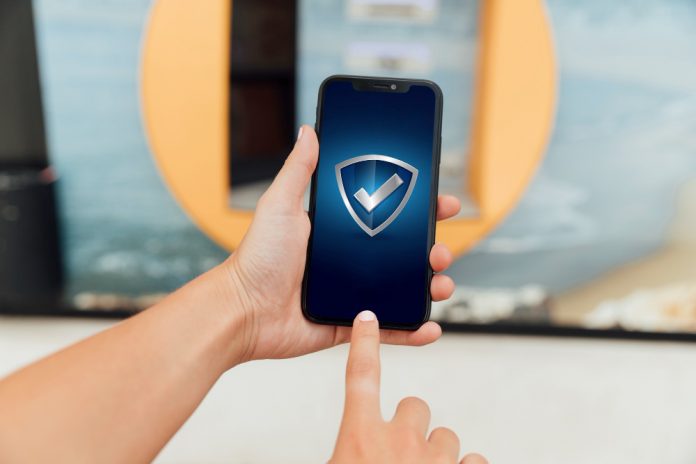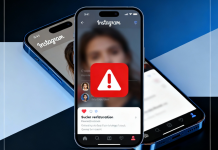Modern sign-ups live and die on the first two minutes: request the code, receive it quickly, move on. For users, that’s convenience. For product teams, it’s risk—privacy, regional delivery quirks, cooldowns, and device variance. This guide explains when virtual numbers make sense, how to use them without breaking any rules, and what to do when codes don’t arrive.
Why use virtual numbers at all?
Legitimate, common use cases
- Privacy: register on new services without exposing your personal SIM. Reduce spam and keep your primary number off data brokers’ lists.
- Travel and cross-border sign-ups: avoid roaming issues and regional blocks; test flows as if you were physically in another country.
- QA and staging: repeatable OTP testing across devices, IP classes, and regions without burning through staff phones.
- Ops continuity: when a team member changes roles or leaves, your test numbers don’t leave with them.
What virtual numbers are not: a way to impersonate users or evade enforcement. Stick to platform Terms and local laws.
How the flow works (in three steps)
- Allocate a number in the target country and for the target service category.
- Trigger verification on the app/site under test.
- Read the OTP in your dashboard or via API, apply it, and release the number if it’s single-use.
If you’re doing this ad-hoc, you can receive sms online in a few clicks; for teams, the same workflow can be automated via API in CI/CD.
WhatsApp specifics: getting reliable delivery
WhatsApp is sensitive to attempt frequency, device fingerprints, and regional carrier behavior. Good practice:
- Space attempts. Back-to-back requests on the same number can trigger cooldowns.
- Rotate environment. Mix physical devices and emulators; vary IP class if possible.
- Pick the right category. Provision numbers earmarked for WhatsApp so routing aligns with expected sender patterns.
If you need a targeted setup for US registrations, use sms online for WhatsApp and document latency (request → code received) as a KPI. When offered, compare voice call fallback versus SMS for your region.
Selection checklist: how to choose a provider
- Real SIM backbone rather than pure virtual routing—usually more consistent with consumer apps.
- Coverage and capacity across your real markets (Americas, EU, MENA, APAC).
- API maturity: allocate, poll, webhooks, rate limits, and clear error codes.
- Privacy stance: short OTP retention windows, role-based access, audit logs.
- Operational status: public status page, incident history, and transparent SLAs.
- Billing sanity: clear pricing, no surprise surcharges per country/service.
QA playbook (teams)
- Pre-run: allocate number (country, service), tag build ID and device profile.
- Run: request OTP, capture delivery timestamp, network context, and success/fail.
- Post-run: release number, store logs/screens for regressions.
- Dashboards: track median latency and success rate per region/carrier.
- Guardrails: max attempts per number, minimum spacing, automatic backoff on errors.
Troubleshooting when codes don’t arrive
- Rate limits/cooldowns: increase spacing; switch number + device + IP class.
- Carrier filtering: test the same country via a second carrier; if divergence is persistent, treat it as infra, not product.
- Clock drift: ensure devices auto-sync time; OTP windows are strict.
- Emulator artifacts: confirm at least once on a physical device.
- Reused numbers: limit reuse to avoid historical flags.
Security and data handling
Treat OTPs like credentials:
- Don’t store codes longer than needed.
- Mask sensitive values in logs.
- Restrict dashboard/API access to QA/SRE roles.
- Redact numbers in screenshots before sharing externally.
Legal & ToS
Use virtual numbers for lawful, legitimate purposes—privacy, QA, travel, and business workflows. Respect each platform’s Terms and regional regulations. Production users should always register their real numbers.
Bottom line
Virtual numbers, used correctly, make sign-ups safer for individuals and more predictable for teams. If you need a quick, one-off check, you can receive sms online and be done in seconds. For WhatsApp-specific US flows—or systematic testing across builds—start with sms online for WhatsApp, measure latency, and keep your attempts clean. That’s how you stay private, stay compliant, and stop wasting time waiting for a code.






